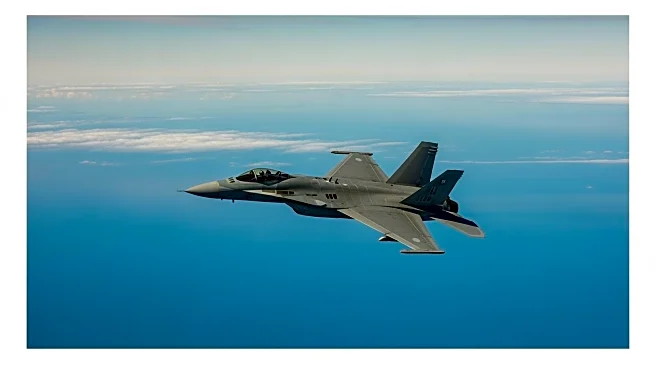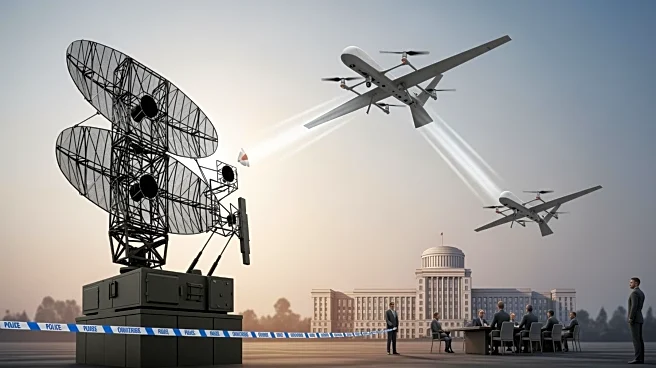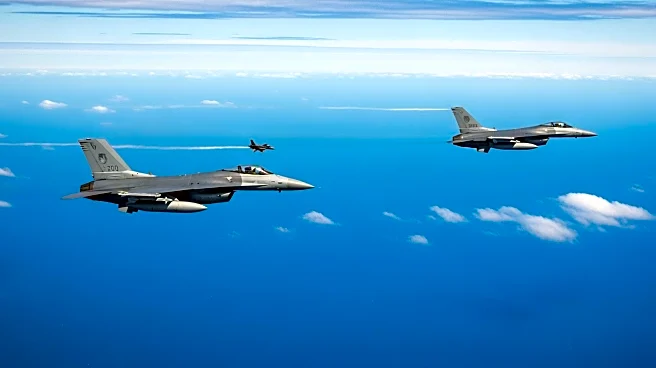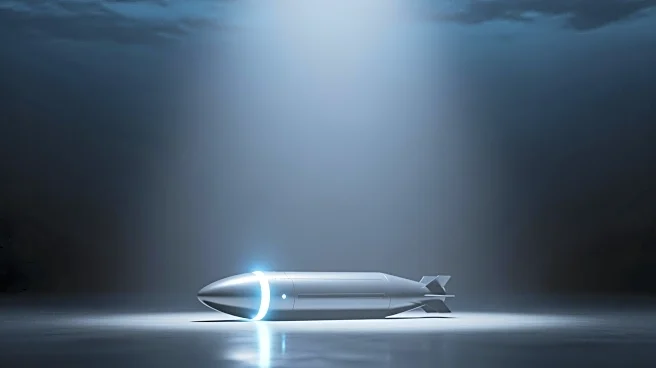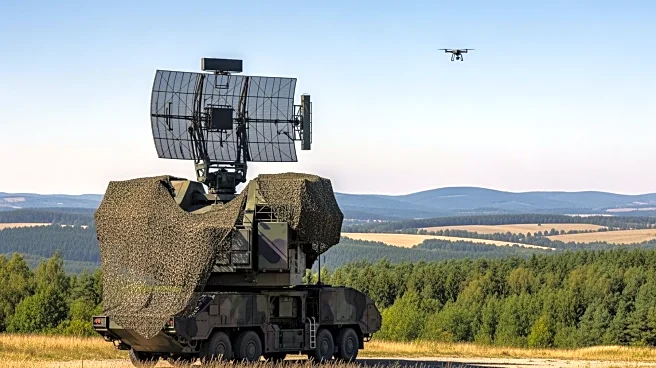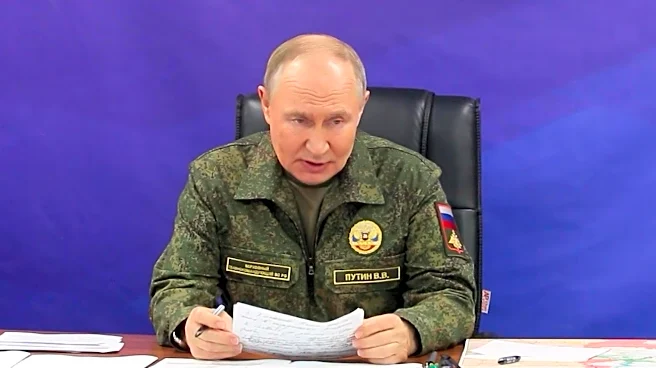What's Happening?
NATO's supreme allied commander, U.S. Air Force Gen. Alexus Grynkewich, has urged the defense industry to rapidly deliver capabilities to the field in response to mounting global threats. Speaking at the Association
of the U.S. Army's LandEuro conference in Wiesbaden, Germany, Grynkewich emphasized the need for the defense industrial base on both sides of the Atlantic to become fully activated. He highlighted the importance of expanding production lines and increasing research and development spending to meet the alliance's needs. Grynkewich also noted the commitment made by NATO nations to spend 5% of their GDP on defense by 2035, which should serve as a powerful signal for industry to act swiftly.
Why It's Important?
The call for rapid industrial mobilization is crucial as NATO faces increasing threats, particularly from Russia. The alliance's ability to deliver real capabilities quickly is essential for maintaining its deterrence and defense posture. The commitment to spend 5% of GDP on defense by 2035 reflects the urgency of the situation and the need for sustained investment in defense capabilities. This move is expected to enhance NATO's interoperability and readiness, ensuring that the alliance can effectively respond to any threats.
What's Next?
NATO and its member countries are expected to continue developing regional plans, such as the Eastern Flank Deterrence Line, to enhance ground-based capabilities and drive military-industrial interoperability. The focus will be on delivering new and emerging technologies to the battlefield, along with legacy technology that remains relevant. Grynkewich has challenged defense leaders to hold themselves accountable for delivering capabilities quickly, emphasizing that there is no time to waste.
Beyond the Headlines
The industrial mobilization effort highlights the strategic importance of aligning defense capabilities across NATO member states. It underscores the need for seamless cooperation between government and industry to ensure that the alliance can meet its defense objectives. The initiative also reflects a broader trend of increased defense spending and industrial collaboration in response to geopolitical challenges.


